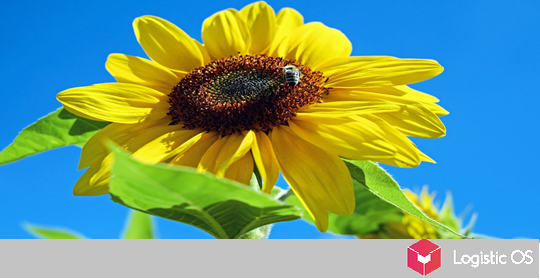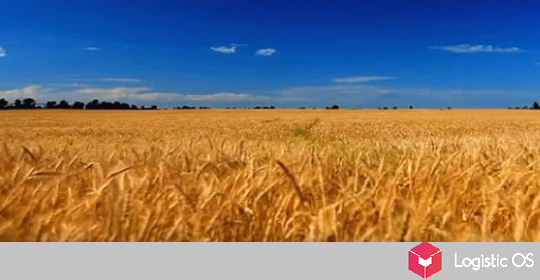India is opening the door for domestic supply of peas from December 8, 2023 to March 31, 2024.
This lifting of restrictions attracted the closest attention of many exporting countries, including Russia and Canada.
Once upon a time, India was one of the largest markets for Canada. For example, in 2011 it supplied almost 1.6 million tons there.
However, since 2017, India began to severely limit the supply of peas.
First, an import duty of 50% appeared, and then in 2018 a supply quota was introduced: no more than 150 thousand tons per year.
Moreover, a minimum sales price was also set: about $2,400 per ton.
Finally, imports were limited exclusively to the port of Calcutta.
Many exporters describe these events as a «catastrophe» as it happened quite suddenly and almost completely blocked the supply of peas to this country.
At the same time, Canada was more or less ready and diversified supplies to China in advance, but for Russian manufacturers these events came as a shock.
Currently, India has also unexpectedly lifted restrictions on the import of peas, all at once.
This opens up wide opportunities for exporters, including Russian ones.
However, the narrow “window of opportunity” of only 4 months is of concern: it is not a fact that the supply permit will be extended later, and if not, then attempts to enter this market are associated with a certain risk.
What are the prospects for Russian manufacturers?
On the one hand, they are very good.
“Now Russia has something to offer the market.
At the moment, the country has exported about 1.5 million tons of peas, domestic consumption, according to various estimates, ranges from 1.7-2 million tons, about 1 million tons remains, and this volume can be given to the market,” said the head of Russian Pulses Analytics Sergey Pluzhnikov.
On the other hand, there are problems.
Firstly, deliveries of any goods to India for Russia today usually mean that payment will be in rupees.
This creates complications as the continued use of these rupees is questionable.
Secondly, there are problems with logistics.
Canada, for example, when transporting goods by sea to India, is able to offer freight at three times lower rates than Russia.
However, it is planned that over time, supplies from the ports of Novorossiysk and Kavkaz will help solve the problem.
Another noticeable problem is the low quality of Russian products.
Currently, the Russian Federation itself buys large-fruited chickpeas from Turkey for 150 thousand rubles per ton, and it can sell its own chickpeas (small ones) for no more than 50 thousand rubles per ton. Much breeding work remains to be done to develop varieties that will help bridge this gap.

